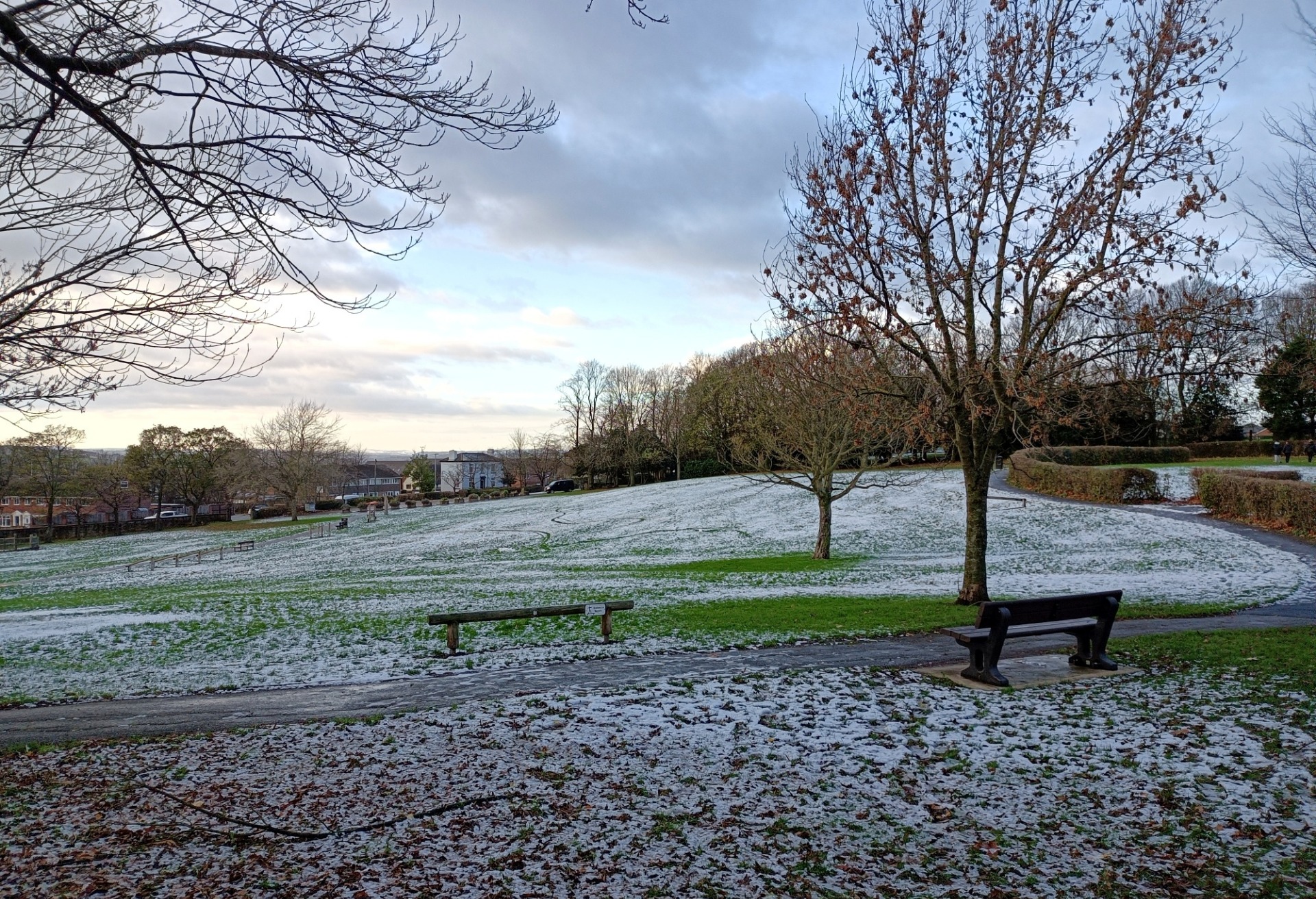
"In every place there is a story that should not be forgotten." - E.F.
If the stones could speak and express their feelings in consonance with the sonority of nature, they would not only laugh but sometimes cry and cry out. It's that in each structure and ruin of each hidden place that surrounds us, moments and stories are preserved that are silent witnesses of the passage of time.
Beyond Time
At the end of the 17th century, in Ossett, a town located in the county of West Yorkshire, England, the situation was very different from today, since it was a semi-agricultural town of working people who made a living making cloth in small scattered farms.
In the area now known as Green Park, around 1690, there was an old building called Hassell Hall which was for many years the home of the Foster family.
A document dated 20 July 1716 preserved by the Yorkshire Archaeological and Historical Society describes Hassell Hall as "that dining room or house recently built and erected by Richard Foster, the old man, in which he now lives."
This family lived for many years in Ossett Lights, in the Haggs Hill area, where they owned land and property and were engaged in making woolen cloth for the Leeds cloth market, one of the main markets for Ossett's clothiers. There, cloth making was largely a cottage industry and each member of the family produced woolen cloth by shearing sheep, combing the wool or carding it to straighten the fibers, then spinning it on a spindle and weaving it on a simple loom. Perhaps the children combing or carding, the mother spinning and the father weaving.
"The inhabitants of Ossett, a village three miles from Wakefield, have been employed in making broad woollen cloth from time out of mind. In this year the weavers, etc., employed in that trade, had to work 15 hours every day for eight pence. A horn was blown at five o'clock in the morning, the time for beginning, and at eight at night, the time for leaving their work. The clothiers had to take their goods to Leeds to sell, and had to stand in Briggate in all sorts of weather", according to Mayall's Yorkshire Annals (1734-1736).
It may be difficult for us to realize how much determination was required of these families at a time of great change in England. However, through the efforts of these producers and merchants, in the 17th century, Wakefield became the great market for wool in the garment industry.
In the early 18th century Richard Foster (c.1648-1730) sold Hassell Hall to his brother-in-law John Lumb of Wakefield (1690-1764), a wealthy wool merchant who built Silcoates School, originally known as Silcoates Hall.
Hassell Hall's main entrance lintel was engraved with the initials F.R.H. with the date of 1699, which for more than two centuries was certainly a great unknown.
Who was F.R.H.? wondered a local newspaper from 1961, with the image of that oldway door that was soon to be demolished. It's that in those years it was still unknown to whom the acronym 'FRH and 1699' written on the lintel referred to.
Published in The Ossett Observer, in 1961.
Today, more than 60 years after publication, thanks to an investigation promoted by FOSTER History & Collective Memory and with the collaboration of local historians, it was finally known that these acronyms on the old doorway referred to the names of those who lived in the owned in 1699: F for Foster, R for Richard and H for Hannah, the name of his wife.
A valuable document preserved from 1731 regarding the character of Mr. Richard Foster (c.1648-1730), perhaps leads us a little more to understand some features of his personality, even shortly before his death by strangulation on September 17, 1730.
"He was a sound and judicious Christian, strictly pious and devout in his duty to God, and conscientious in his dealings with men. He took great care to instruct his family in the things of God, constantly maintaining the faith and worship of God in his house, as well as diligently attending to public ordinances. He was a very kind and understanding husband, a loving and caring father, a good leader and a helpful neighbor."
"The children and grandchildren can and should consider it a great and valuable blessing to be the posterity of those men who, fearing God, occupied their time and place in the world with good intentions and were useful to their generation, which has given them set a good example in all Christian respects and duties, have given them many pious and solicitous instructions, and raised many innocent and fervent prayers to God for them."
Extract from a letter written on March 11, 1731 by the Reverend Thomas Dickenson (1669-1743) (Richard Foster's son-in-law) to his daughter Mary Dickenson (1717-1804) (granddaughter of Richard Foster) in London, England, when she was 14 years old.
Even today, more than 300 years after the construction of the old building, the staircase testifies to what existed there and allows us to follow the route that the Foster family made on horseback and on foot in the late 17th and early 18th centuries. Even if these stones don't have a literal voice, they can still send a message to the world.
The current public park, where Hassell Hall (later renamed Green House and occupied by the Thornes family and by the Harrops) was built, is and will always be another faithful witness to the passage of time and to what once existed in the historic place in West Yorkshire, England.
This space has been created to remember the work done by Richard and Hannah Foster (F.R.H) of Ossett, ancestors who transcended beyond time.
This website is developed by Westcom, Ltd., and updated by Ezequiel Foster © 2019-2022.



